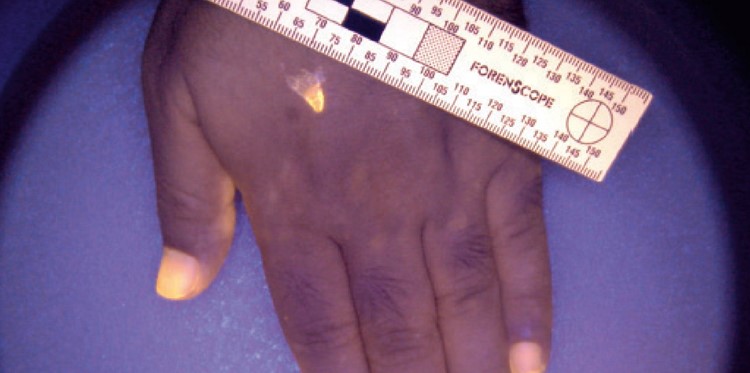
Colposcopy, a brief history, procedure and why is it important in forensic medicine?
Colposcopy is a diagnostic procedure to examine the cervix, vagina and vulva. In this procedure, the structures are illuminated and magnified to view the pre-cancerous, pre-malignant and malignant lesions. But, colposcopy did not start with high technology lenses and lighting systems that are used today.
Cervical and vaginal cytology studies started in 1920 with Dr. George Papanicolaou, and the Pap Smear (Papanicolaou Smear) tests take their name from his name. Any abnormal result in a pap smear test is an indication to undergo a colposcopic examination.

The literal translation of the word colposcope is “to look into the vagina”, formed by two different words, explaining its use (Colpo is “vagina” and scope is “to look”).

German gynecologist Hans Hinselmann was assigned by his professor at the University of Hamburg to study the cervical surface for leukoplakia lesions, Hinselmann realized that to properly see these small lesions, some magnification was needed and with this realization, his lifelong studies on cervix and imaging the cervix by colposcopy started.
Hans Hinselmann published his first paper on colposcopy in 1925 and became the director of his own gynecology clinic. He published his first textbook of colposcopy in 1933 and in this textbook of colposcopy, he included descriptions of mosaic patterns in lesions which are recognized by him as pre-cancerous lesions.
The history of colposcopy started in 1924 but in the first experiments, it was almost impossible to perform a useful colposcopy because of the distance from the focus (it was no more than 80 mm) and proper lighting. Hinselmann tried to solve these problems by pulling the uterine cervix out.
But in history colposcope has been used by gynecology and partly by forensic medicine but when it comes to forensic medicine, the basic and conventional colposcopy is merely not enough.
In forensic medicine, particularly in the examination of sexual assault cases, proper collection and documentation of evidence are crucial for the legal process to work flawlessly. To prevent loss of evidence, confusion, and further traumatization of the victim, it is recommended to get the most out of a single forensic physical examination with non-invasive and non-traumatic methods.
A properly equipped forensic colposcope can provide necessary advantages both for the patient and the healthcare professional performing the examination and this colposcope should be designed to perform imaging in the most difficult conditions and distances. Other than performing the imaging of the cervix, vagina and vulva, it should be able to be used in imaging of clothing, skin, fingernails, hair, belongings of the victim, menstrual pads and condoms.




That is where the ForenScope Forensic Polarized Multispectral Colposcope comes in, with its unique polarized imaging system, unique narrowband multispectral light system and special filters, it can guarantee a proper, full range sexual assault examination.



